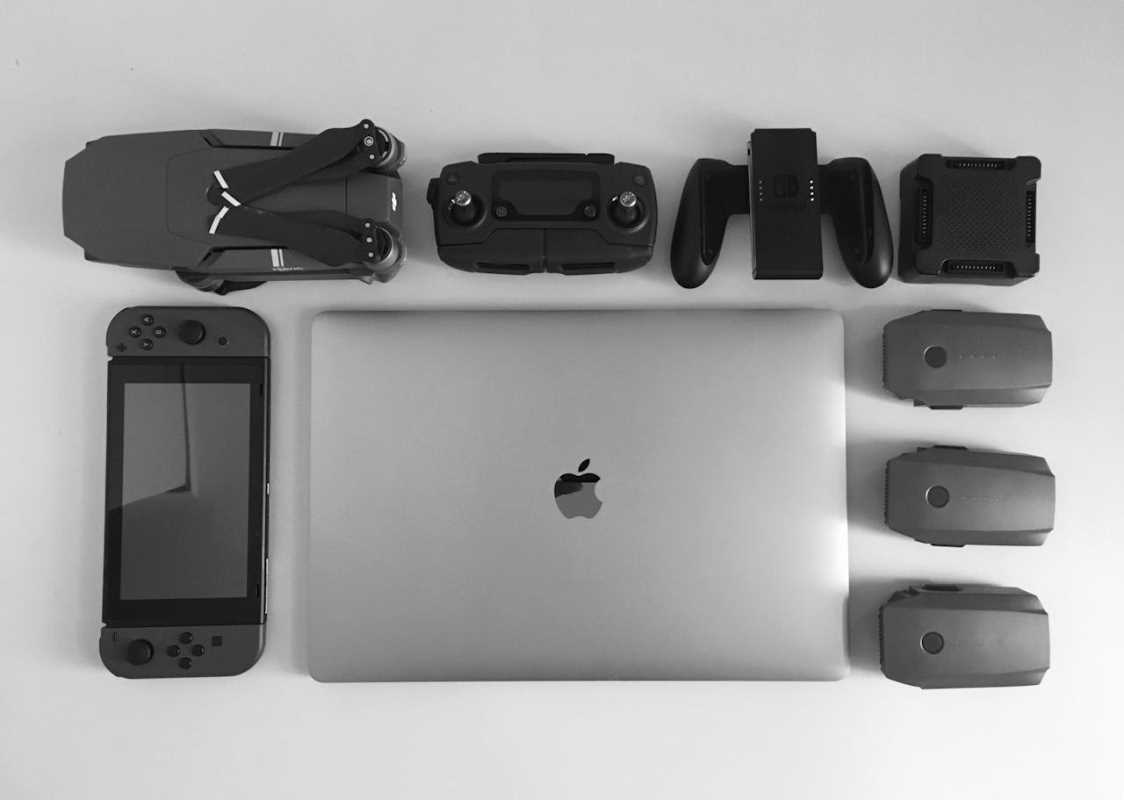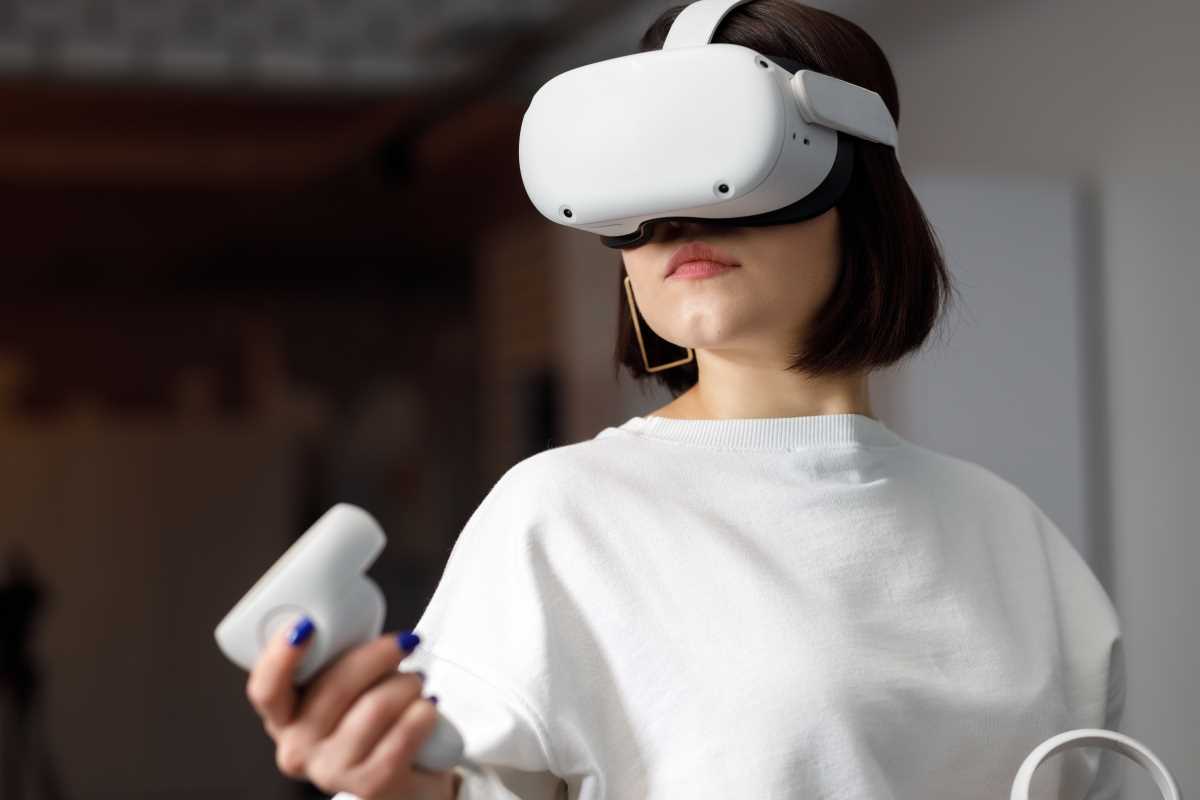The retail industry is undergoing a seismic shift, and at the heart of this transformation is spatial computing. Technologies like augmented reality (AR), virtual reality (VR), and mixed reality (MR) are no longer futuristic concepts. They're here, reshaping how businesses interact with customers and how customers experience shopping. For retailers, harnessing the power of spatial computing is not just about staying relevant; it’s about gaining a competitive edge in an increasingly dynamic market.
The Promise of Spatial Computing in Retail
Spatial computing combines artificial intelligence, computer vision, and advanced rendering techniques to blur the lines between the physical and virtual worlds. For retailers, this means creating deeply immersive, highly interactive shopping environments that help boost customer engagement and foster brand loyalty.
Imagine a customer trying out virtual furniture in their living room through AR or walking through a virtual store with a VR headset. These experiences are not just technologically impressive; they also address real challenges in retail, such as driving foot traffic, increasing customer retention, and creating personalized shopping journeys.
Enhanced Customer Engagement
At its core, retail has always been about creating connections between brands and consumers. Today, spatial computing raises the bar by fostering a level of interactivity that traditional physical and digital channels can’t match. An AR app, for example, allows customers to virtually try on clothing, glasses, or makeup, eliminating the guesswork of online shopping. IKEA’s Place app is a standout example, letting users virtually position furniture in their homes to see how it fits and looks before making a purchase.
This layer of interaction keeps customers engaged longer, offering a unique experience they’re likely to remember and talk about. It’s not just about selling a product; it’s about creating a memory.
Personalized Shopping Experiences
Spatial computing also enables businesses to deliver highly personalized shopping experiences. Through AR and VR, retailers can tailor offerings to individual preferences based on a customer's behavior, past purchases, or even their real-time interactions. For example, luxury brands like Gucci and Burberry have introduced AR-enabled features that allow users to visualize how a product might look or feel, ensuring their experience feels curated.
Machine learning algorithms, when integrated with spatial computing, can take this personalization a step further. By analyzing data in real time, spatial computing technologies can recommend products in smarter, more intuitive ways, whether through virtual store displays or interactive fitting rooms in physical retail spaces.
Boosting Sales and Unlocking New Revenue Streams
The combination of interactivity and personalization in spatial computing doesn't just enhance engagement; it also directly impacts sales. A more immersive shopping experience increases customer confidence in their purchases, reducing return rates and encouraging upselling. Studies have shown that customers who interact with AR experiences are more likely to complete a purchase compared to those who don’t.
Beyond boosting direct sales, spatial computing opens up new avenues for revenue. Virtual try-ons, gamified shopping experiences, and even entirely virtual stores are opportunities for businesses to monetize their products in creative ways.
Brands like Nike have embraced this potential with their SNKRS app, which uses AR to launch limited-edition sneakers and gamify the shopping experience. Customers can unlock exclusive access to products through virtual scavenger hunts, turning a purchase into an engaging adventure.
Creating a Competitive Advantage
The adoption of spatial computing has implications not just for individual retailers but for the industry as a whole. Forward-looking companies that integrate these technologies into their strategies can set themselves apart in highly competitive landscapes. Retailers with AR-enabled apps, VR-powered showrooms, or mixed-reality storefronts provide customers with novel experiences that differentiate them from competitors.
Larger brands like Amazon and Sephora are already leveraging AR and VR technologies, setting a high bar for customer expectations. For small and medium-sized businesses, adopting spatial computing can help close this gap and offer competitive parity. Even more, these tools can foster innovation, creating opportunities for businesses to extend their reach beyond physical locations or traditional ecommerce platforms.
Steps for Implementing Spatial Computing in Retail
For businesses looking to get started with spatial computing, the key is to think strategically and focus on delivering tangible value to customers. Here’s a roadmap to begin integrating these technologies into your retail strategy:
- Identify Key Use Cases: Start by assessing pain points that spatial computing can address. For instance, if online returns due to misfit products are a significant issue, AR try-ons might be the solution. If customers value an enhanced exploratory experience, consider a virtual showroom.
- Start Small and Scale Gradually: Not every spatial computing initiative needs to be large-scale from the beginning. Experiment with pilot projects, such as launching a simple AR-enabled feature in your mobile app. Gain insights into customer adoption and fine-tune the experience before rolling it out on a broader scale.
- Leverage Existing Platforms and Tools: You don’t need to build solutions from scratch. Many third-party tools and platforms offer plug-and-play spatial computing capabilities. Apps like Shopify AR or platforms like Snapchat Lens Studio provide easy ways to integrate immersive features into your retail strategy.
- Invest in Training and Staff Education: Success in spatial computing isn’t just about implementing technology; it’s about ensuring your team can maximize its potential. Provide training for employees to familiarize them with these tools, so they can guide customers and drive value.
- Measure and Refine: Use analytics to measure the impact of your spatial computing initiatives. Track engagement metrics, conversion rates, and customer feedback to gauge success and identify areas for improvement.
Preparing for the Future of Retail
For businesses that want to stay ahead, the time to act is now. Start small, experiment, and listen to your customers. By taking these steps, you’ll position your retail business to thrive in an era defined by innovation and immersive experiences.







